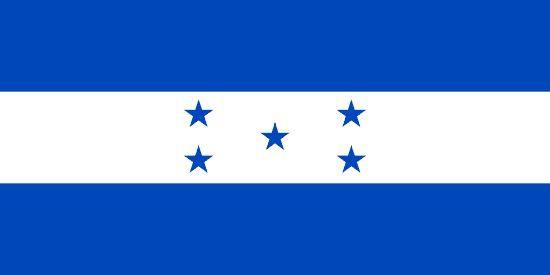"Corazón del mundo maya | Heart of the Mayan world"
About:
Copán is an ancient Mayan city located in modern-day Honduras, founded around 100 AD. It flourished as a major center of Maya civilization from the 5th to 9th centuries AD, known for its intricate sculptures and hieroglyphics. The city was abandoned by the 10th century, likely due to overpopulation and resource depletion. Rediscovered in the 19th century, Copán is now a UNESCO World Heritage Site and an important archaeological research area.
When to visit:
Copán is a popular destination in Honduras known for its impressive Mayan ruins, making it an ideal choice for history and archaeology enthusiasts. To fully appreciate the beauty and significance of this historical site, it is recommended to visit Copán during the dry season, which typically runs from November to April. During this time, the weather is pleasant with clear skies, allowing visitors to explore the ruins comfortably. Additionally, the dry season coincides with the holiday season, providing a festive atmosphere and various cultural events that showcase the rich heritage of the region.
When to avoid:
Traveling to Copán, Honduras during the holiday season in late December and early January may not be ideal due to the increased number of tourists and higher accommodation prices. The archaeological site of Copán can become crowded during this time, impacting the overall experience for visitors seeking a more serene and peaceful atmosphere. Additionally, transportation and dining options may be limited or fully booked, leading to potential inconveniences during your trip. To avoid these challenges, consider visiting Copán during the shoulder seasons of spring or fall for a more enjoyable and less crowded experience.
Rainy Season (May-Oct)
In Copán, Honduras, the wettest portion of the year is from May to November. Average temperatures range from 18°C to 28°C. Rainfall is abundant, with daily showers often occurring in the afternoon or evening. The morning sun is usually concealed by increasing cloud cover as the day progresses. Despite the rain, humidity remains high. For a visitor, an average day starts with exploring the Mayan ruins in the mild morning sun, followed by indoor activities or a relaxing afternoon in a local café during the rain.
"Summer (May–September)"
In Copán, Honduras, the warmest part of the year falls between April and May. During this period, the average high temperature ranges from 88°F to 90°F (31°C to 32°C). Rainfall is relatively low, with May marking the beginning of the rainy season, but it's not until June that precipitation significantly increases.
Sunlight is abundant during these months, with an average of 6 to 7 hours of sunshine per day. Humidity is consistently high, typically around 70-80%, which can make the heat feel more intense. Cloudiness varies, with some days being clear and others having a mix of cloud cover.
A typical day for a visitor in Copán during these months would start with a warm, sunny morning. As the day progresses, the heat intensifies, reaching its peak in the early afternoon. The high humidity can make it feel quite hot, so it's advisable to stay hydrated and take breaks from sun exposure. Despite the heat, these months are great for exploring the famous Mayan ruins as the chance of rainfall is lower than in the following months.
Language:
In Copán, a city in western Honduras, the most commonly spoken language is Spanish, as it is the official language of Honduras. However, you may also encounter indigenous languages such as Ch’orti’, a Mayan language. English is also understood in areas frequented by tourists.




